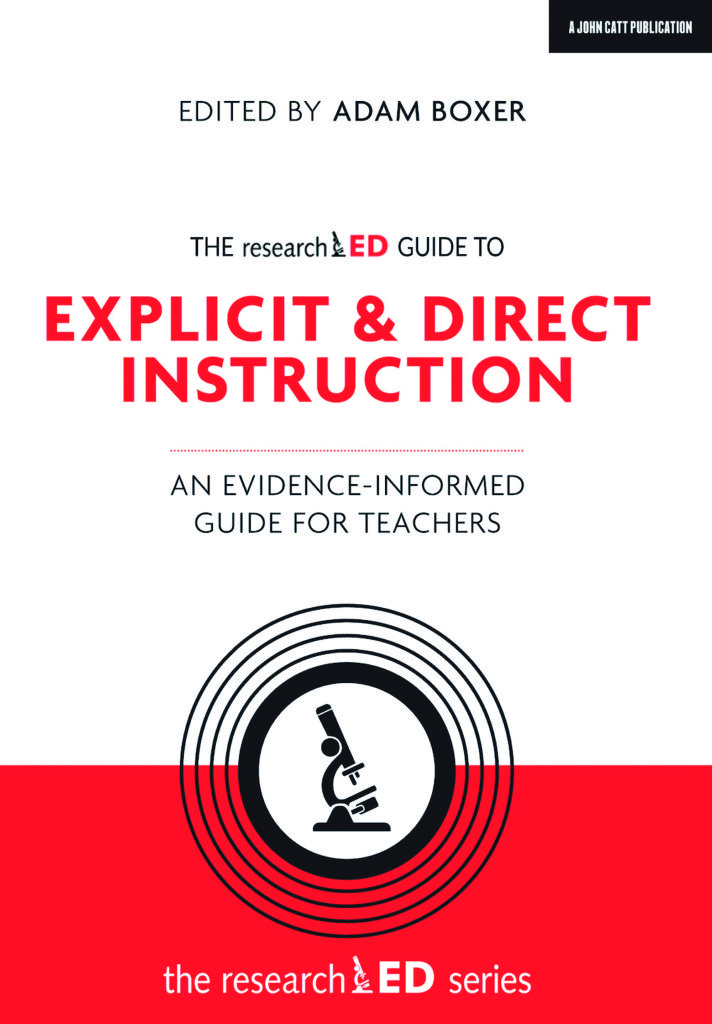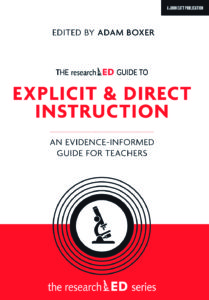Research often operates at a highly abstract level.

HOWEVER…
Every now and then, a study comes along that asks a very practical question, and offers some very practical answers.
Even better: it explores the limits of its own answers.
I’ve recently found a study looking at this (incredibly practical) question:
Because students can easily play videos at different speeds, we need to know: which video speed benefits learning the most?
So: what advice should we give our students about learning from videos?
Exploring The Question
Let’s start with a specific example:
If a student watches a video at double speed, she (obviously) spends only half as much time mentally interacting with its information.
Does that reduction in time lead to an equal reduction in learning? Will she learn half as much as if she had watched it at regular speed?
Dr. Dillon Murphy starts with that question, and then quickly gets interested in crucial related questions:
What about other video speeds? That is: what about watching the video at 1.5x speed? What about 3x speed?
Does the topic of the video matter?
And, here’s a biggie: what should students do with the time they save?
Even before we look at the results of this study, I think we can admire its design.
Murphy’s team ran multiple versions of this study looking at all these different variables (and several others).
They did not, in other words, test one hypothesis and then — based on that one test — tell teachers what to do. (“Best practices require…”)
Instead, they invited us into a complex set of questions and possibilities.
Maybe 1.5x is the most efficient speed for learning.
Maybe 3x is the best speed if students use the time they saved to rewatch the video.
Maybe regular speed is best after all.
Because Murphy’s team explores so many possibilities with such open-minded curiosity, we have a MUCH better chance of figuring out which results apply to us. *
The Envelope Please
Rather than walk you through each of the studies, I’ll start with the study’s overall conclusions.
First: watching videos at higher speeds does reduce learning, but not as much as you might think.
That is: spending half as much time with the video (because a student watched it at double speed) does NOT result in half as much learning.
To be specific: students watched ~ 14 minute videos (about real-estate appraisals, or about Roman history).
A week later, those who watched them at regular speed scored a 59% on a quiz. Those who watched at 2x speed scored a 53%.
59% is higher that 53%, but it’s not twice as high. **
Second: students can use that “saved” time productively.
What should a student do with the 7 minutes she saved? She’s got two helpful choices.
Choice 1: rewatch the video right away.
Students who used their “saved” time to rewatch the video right away recaptured those “lost” points. That is: they had the same score as students who watched the video once at regular speed.
Choice 2: bank the time and rewatch the video later.
In another version of the study, students who watched the 1x video once scored a 55% on a quiz one week later.
Other students watched the 2x video once, and then once again a week later. They scored a 63% on that quiz. (For stats types, the d value is 0.55 — a number that gets my attention.)
In other words: rewatching at double speed a week later leads to MORE LEARNING in the THE SAME AMOUNT OF TIME (14 minutes).
Practical + Practical
Murphy takes great care to look at specific combinations.
His example encourages us to take care as well. For instance:
His team worked with college students. Will this result hold for 8th graders, or 2nd graders?
You can look to you your teacherly experience and judgment to answer that question.
Will this effect hold for longer videos: 30 minutes, or one hour?
We don’t know yet.
These videos included a talking head and slides with words — but not closed captions. Will some other combination (no talking head? closed captions on?) lead to different results?
We don’t know yet.
In other words: Murphy’s study gives us practical guidance. We should use our judgment and experience to apply it to our specific teaching circumstances.
* I should note: This study is unusually easy to read. If the topic interests you, you might look it over yourself.
** Important note: I’ve seen news reports about this study saying that watching once at double speed results in the same amount of learning as watching once at regular speed. That claim is untrue. And: Murphy’s study does not make that claim.
Murphy, D. H., Hoover, K. M., Agadzhanyan, K., Kuehn, J. C., & Castel, A. D. (2021). Learning in double time: The effect of lecture video speed on immediate and delayed comprehension. Applied Cognitive Psychology.




